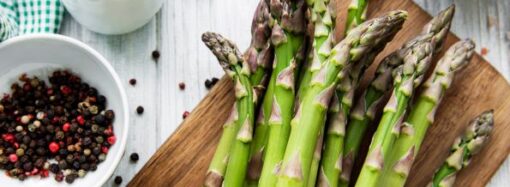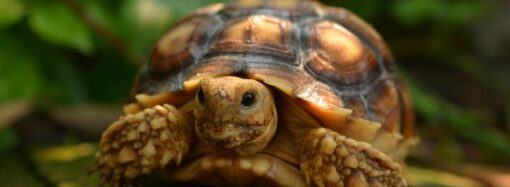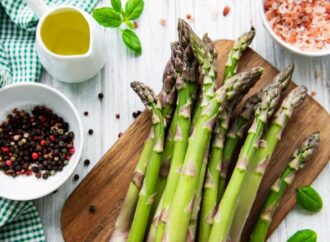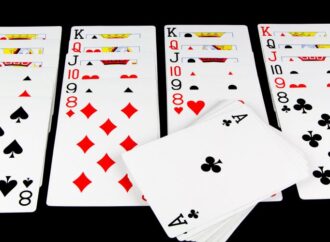Every year, on August 28th, we celebrate a delicious and fruity holiday known as National Cherry Turnover Day!
This day is all about enjoying the scrumptious treat called a cherry turnover. But what exactly is a cherry turnover, and how did this delightful holiday come to be? Let’s dive into the history and some fun ways to celebrate!
What is a Cherry Turnover?
A cherry turnover is a type of pastry that is filled with sweet, tangy cherries. The pastry dough is usually flaky and golden, similar to a pie crust. The filling is made from fresh or canned cherries mixed with sugar and sometimes a bit of lemon juice or cinnamon to enhance the flavor. Once the filling is inside, the dough is folded over, creating a half-moon shape, and then baked until perfectly golden brown. Some people like to drizzle a bit of icing on top for an extra touch of sweetness.
The Origins of Cherry Turnovers
The exact origins of cherry turnovers are somewhat mysterious, but turnovers themselves have been around for centuries. The concept of encasing fruit or savory fillings in dough dates back to ancient times. Turnovers were practical because they were easy to make and convenient to eat on the go.
As for cherry turnovers specifically, they likely became popular in the United States during the 19th century, when cherries were widely grown and used in various recipes. Over time, this tasty pastry became a favorite treat for many, leading to the establishment of National Cherry Turnover Day to honor its deliciousness.
Ways to Celebrate National Cherry Turnover Day
There are many fun and creative ways to celebrate National Cherry Turnover Day. Here are a few ideas:
- Bake Your Own Cherry Turnovers: One of the best ways to celebrate is by baking your own cherry turnovers at home. You can find simple recipes online that use either fresh or canned cherries. Get the whole family involved for a fun baking activity!
- Visit a Local Bakery: If baking isn’t your thing, visit a local bakery to enjoy freshly made cherry turnovers. This is a great way to support local businesses and indulge in a tasty treat.
- Host a Cherry Turnover Party: Invite friends and family over for a cherry turnover party. Serve different types of turnovers, including some with unique twists like adding chocolate chips or nuts to the filling.
- Learn About Cherries: Use this day as an opportunity to learn more about cherries. Did you know that cherries are not only delicious but also packed with vitamins and antioxidants? Research the different types of cherries and their health benefits.
- Share on Social Media: Take photos of your cherry turnovers and share them on social media using the hashtag #NationalCherryTurnoverDay. This can help spread the word and encourage others to join in the celebration.
As we savor our cherry turnovers, it’s interesting to think about the traditions and foods that bring us together. Food has a way of connecting us to our past and to each other, creating memories that last a lifetime. Whether it’s a family recipe passed down through generations or a new tradition you’re starting today, celebrating with food is a special way to honor our history and heritage.
C o n v e r s a t i o n S t a r t e r s
- What are some of your favorite family food traditions, and how did they start?
- How do you think food connects us to different cultures and times in history?
- If you could create a new national food holiday, what would it be and why?
We hope this sweet journey has inspired you to savor a delicious cherry turnover and perhaps even start a new family tradition. Whether you bake your own, visit a local bakery, or simply learn more about the history and joys of this delightful pastry, remember that each bite connects us to a rich tapestry of culinary heritage. Every cherry turnover is not just a treat, but a celebration of the past and a creation of new memories for the future!
Hashtags
#NationalCherryTurnoverDay #CherryTurnovers #BakingFun #FoodTraditions #SweetTreats
Tags
Cherry Turnover, Baking, National Food Days, Traditions, Recipes, Family Activities, Food History

























